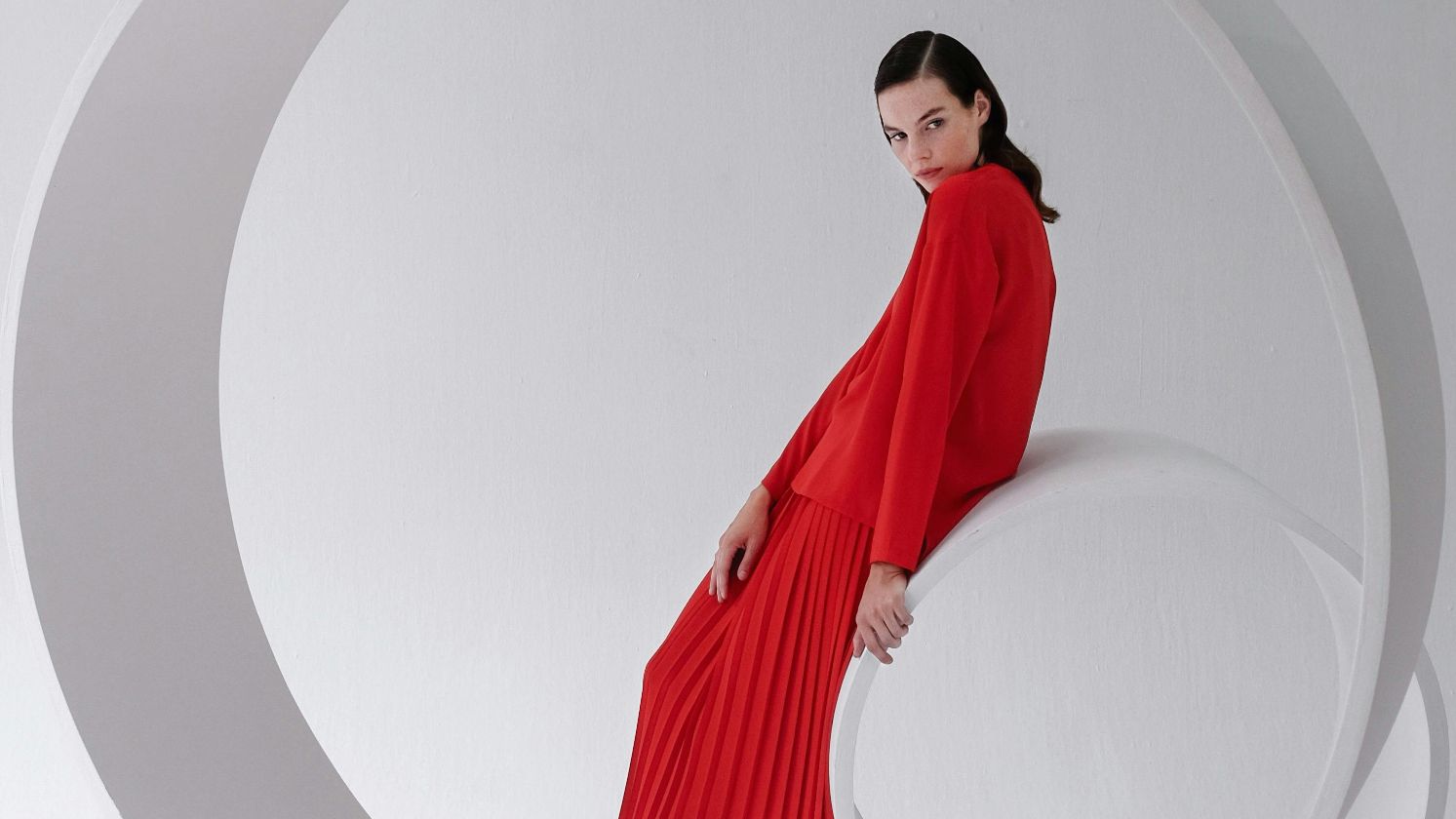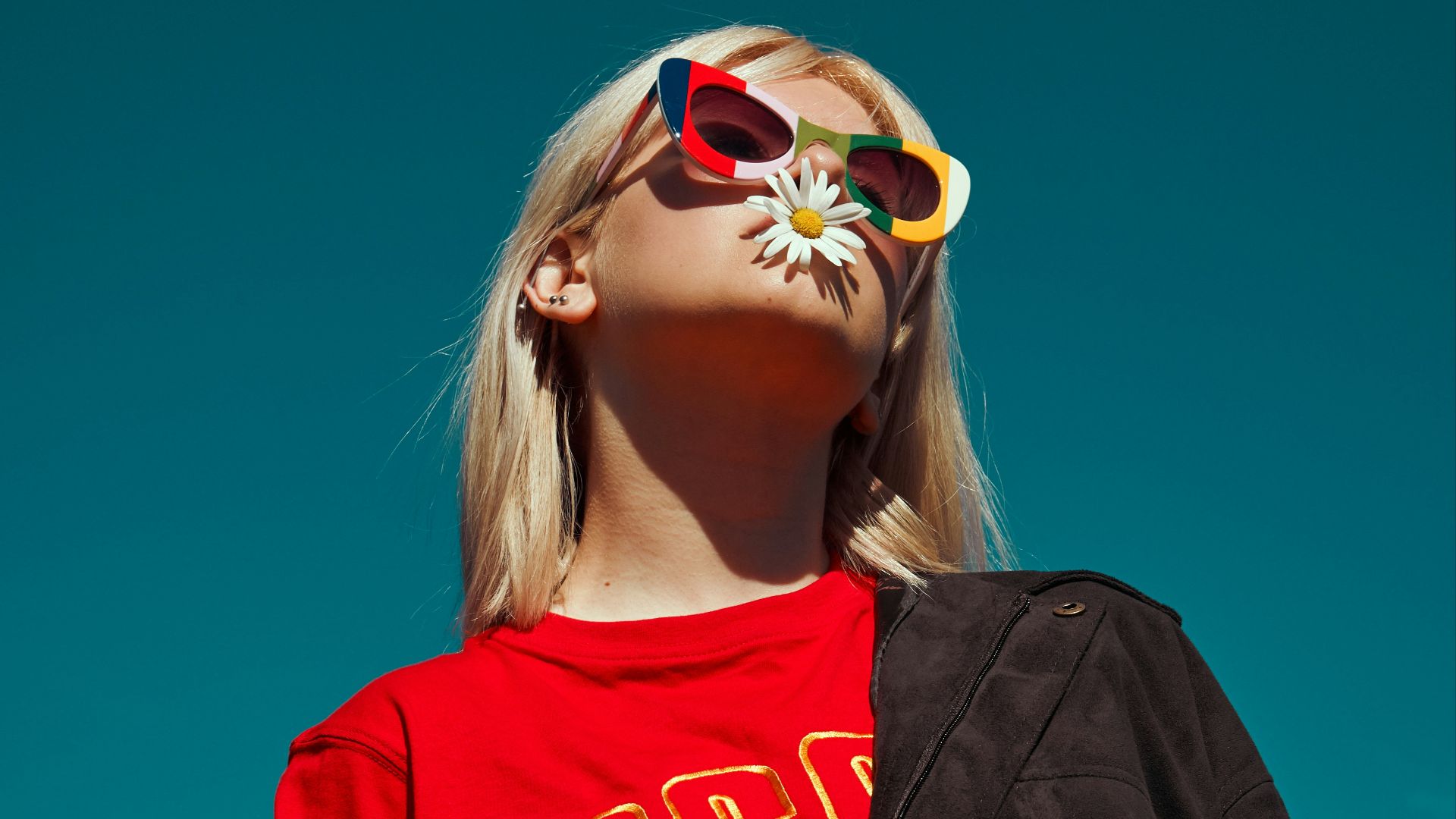They Don’t Make Them Like They Used To
The well-known saying, “You get what you pay for,” doesn’t always apply, does it? In recent years, many luxury brands have been exposed for having less than quality items, which leaves us asking, “What’s the point?” Like Macklemore, we too question spending 50 dollars on a t-shirt.
1. Brooks Brothers
Brooks Brothers opened in 1818, making it the oldest apparel brand in the United States. Unfortunately, the company filed for bankruptcy in 2020, leading to an acquisition by Authentic Brands Group. This caused Brooks Brothers to close their U.S. factories, which caused some pretty drastic quality changes in recent years.
2. Tommy Hilfiger
This popular clothing brand has been around since the 1970s, and has been a “prep school” style staple ever since. The company has suffered in recent years due to a decline in pop culture popularity, and its decently high price points do not reflect the clothing’s lackluster quality.
3. Lacoste
This French clothing company first hit the market back in 1933, with a focus on the sportswear market. While still popular, many folks have noted a significant decline in cotton quality, stating that the shirts they purchased 10 years ago are holding up better than anything from recent years.
4. Armani
This Italian juggernaut opened back in 1975 and is still prominent in couture and ready-to-wear clothing today. However, many customers have noted a stark decline in fabrics, tailoring, and even its customer service. Many clothing items have shifted from high-quality materials like wool and silk to cheaper synthetic blends.
5. Burberry
Burberry has been around since the 1850s as a staple in British luxury fashion, outerwear, and accessories. The company blames “inconsistent brand execution” for its disappointing quality and overall decline in sales.
6. Balenciaga
This luxury Spanish fashion house has been making ready-to-wear clothing and cosmetics since 1919, but over 100 years of fashion means you’ve probably faced a scandal or two. Balenciaga is no stranger to scandal and has faced criticism in recent years for a lack of originality or substance.
7. Dior
This France-based company has become a well-known luxury staple since it opened its doors back in 1946. Like many other companies on this list, Dior has faced its fair share of scandals, predominantly related to quality cutting and poor worker conditions.
8. Filson
This Seattle-born company’s niche is clothing, accessories, and luggage for the outdoorsy types since 1897. As with any outdoor-focused product, you expect a high price will give you high quality, lasting materials for years to come. Unfortunately, Filson has also transitioned to offshore manufacturing, leading to regular complaints about poor quality and inconsistent craftsmanship.
9. Balmain
Founded in France back in 1945, Balmain's primary focus is on clothing, perfume, and jewellery. While the company states that it has always maintained craftsmanship of the highest quality, many customers regularly experience issues with buttons or handbag handles falling off after only a few uses.
 Alireza heidarpour on Unsplash
Alireza heidarpour on Unsplash
10. Gucci
Gucci is an Italian fashion mogul that has focused on handbags, footwear, clothing, accessories, and home decor since 1921. Due to issues of high prices sans quality, trendiness sans originality, and widespread accessibility sans prestige, it’s no surprise that Gucci also falls on this list.
11. Hickey Freeman
This suit manufacturing company has been a New York staple since 1899. Like Brooks Brothers, this legacy company was also bought out by Authentic Brands Group and had most of its manufacturing moved out of the United States. This ownership change led to most Hickey Freeman clothing losing their reputation as a company of quality, although the Rochester Tailored Clothing still maintains some prestige.
 Hickey-Freeman Co on Wikimedia
Hickey-Freeman Co on Wikimedia
12. Zegna
This Italian fashion brand has been around since 1910, with the family’s history centered around watchmaking and textiles. However, many customers cite that the company is more focused on profitability rather than quality, as their highest of highest-end lines only maintain that classic consistency.
13. Louis Vuitton
Founded in 1854, Louis Vuitton has been a staple in luxury wear for well over a century, even receiving the accolade as the world’s most valuable luxury brand 6 years in a row (2006-2012). But it’s not 2012 anymore, and many interested buyers are definitely focused on finding vintage Vuitton rather than purchasing anything new.
 Christian Wiediger on Unsplash
Christian Wiediger on Unsplash
14. Coach
Coach is an American fashion mogul who has made a name for itself across clothing, accessories, perfumes, and eyewear. When the company overexpanded in the 2010s, it switched to a mixed-material production style. The decline of both quality and luxury appeal is why Coach is on this list today.
15. Taylor Stitch
This San Francisco-based company made its debut back in 2008, with a focus on ethically-made clothing and custom-fit shirts. While the company prioritizes fair labor laws and its focus on sustainable materials, many customers believe that the cost doesn’t align with the quality execution.
16. Chanel
This legacy fashion house first came onto the scene back in 1910, specializing in women’s wear, perfume, and accessories. Sadly, customers have noticed a disappointing decline in quality, reporting problems with stitching, hardware, and a lack of durable leather. While likely due to cost-cutting implementations and a hike in demand, it’s still upsetting to receive a Chanel bag that can’t make it through a week of wear.
17. Jacquemus
This France-based company only recently made a name for itself, opening its doors in 2009. After a wicked period of growth in 2015, the fashion house started using offshore contributors. As the story goes, this led to a deep decline in quality and quality control. Combined with a surprising lack of customer service, it’s no surprise that customers are angry with their items.
18. Hermès
This nearly two-century-old fashion juggernaut has always had a focus on high-quality leather products, but has also expanded into silk, watchmaking, jewelry, accessories, and perfume. While Hermès still retains a certain high standard of quality, some folks have noticed a drop in quality, likely due to the company’s expansion.
19. Prada
Founded in Milan in 1913, Prada is a legacy brand that has delivered handbags, accessories, shoes, and clothing to customers for over 100 years. However, customers have noticed a change in leather quality, and there are often complaints regarding rivets, stitching, and zippers on several products.
20. Fendi
This Italian luxury brand opened its doors 100 years ago, originally as a fur and leather shop. Reports say that the quality is inconsistent at best, as many items are still considered high-quality. Others report experiencing issues with stitching, poor craftsmanship, and damaged items in new purchases.

























